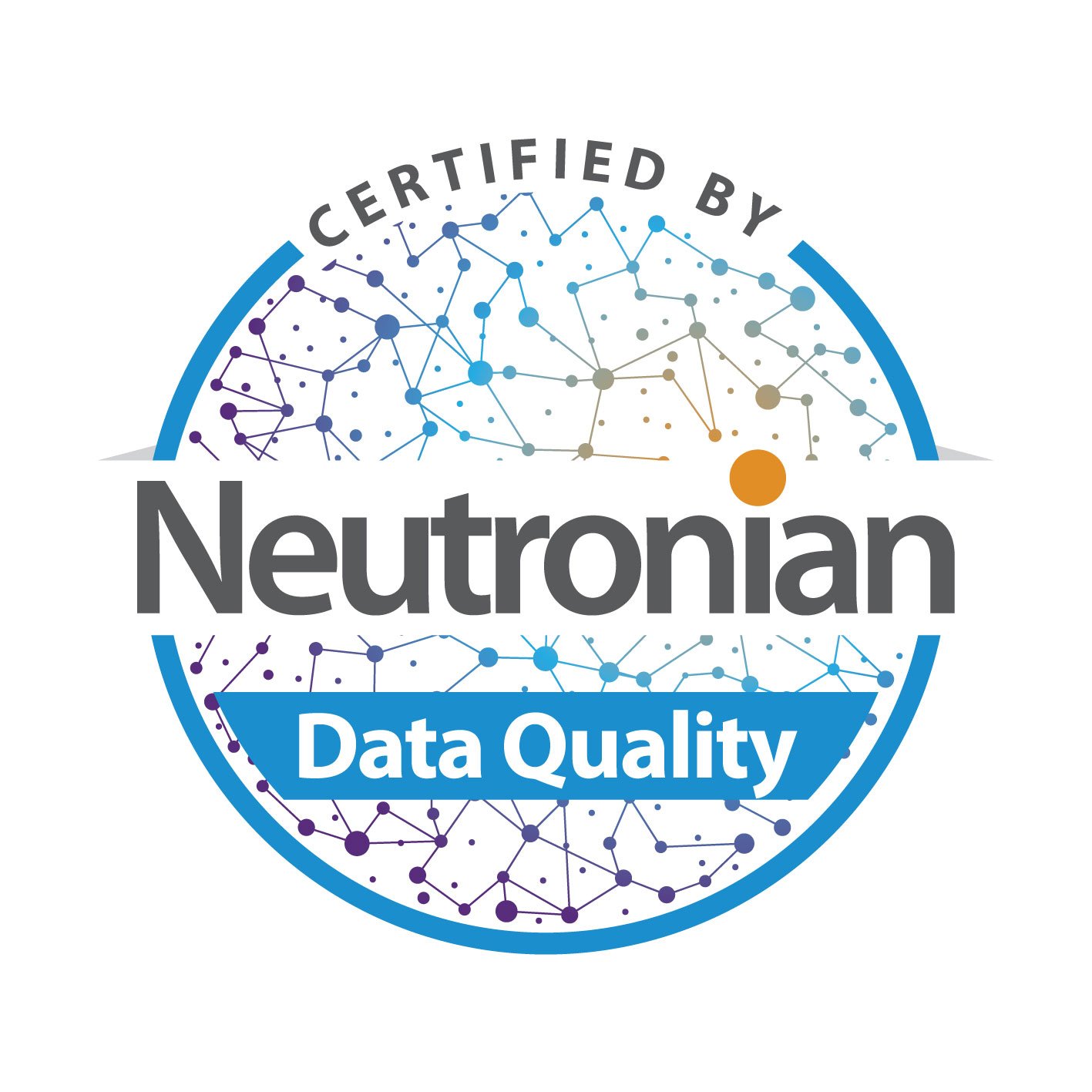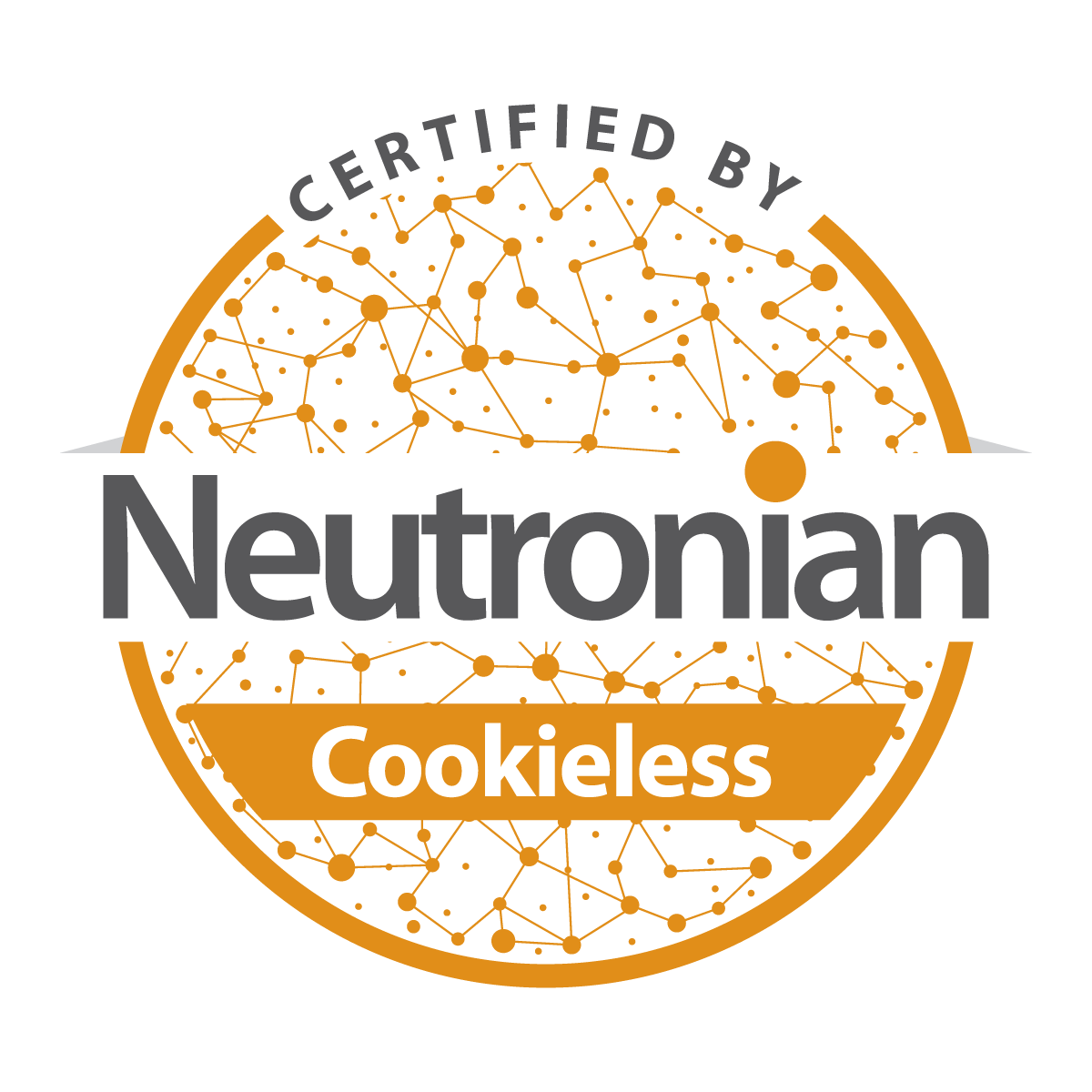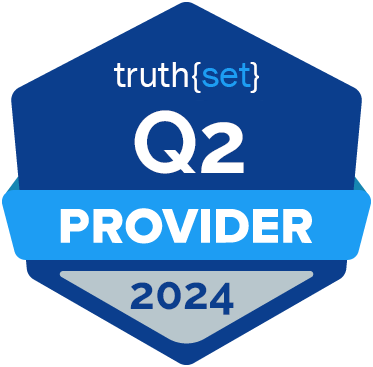Analytic and modeling features are pervasive throughout the multitude of SaaS platforms in the marketing industry and advances in technology have made machine learning tools widely accessible. As the industry has leaned into data-driven marketing and predictive modeling, marketers can often find themselves relying too heavily on automated analytic tools without realizing the potential hazards. Whether starting off with a “magic box” lookalike modeling solution, or implementing advanced analytic workflows leveraging multichannel data, maintaining a human touch is critical to success.
Consider how you handle and activate data similar to how a Tesla owner might use some of the advanced features of the vehicle. Auto-pilot is a very real feature that is able to assist them down the road, and fully automated self-driving is on the horizon, but for now they still need to be present to helm the wheel. It may be tempting to look away for an extended time but keeping their eyes on the road ensures they get to their destination safely. Similarly, a set it and forget it approach to data activation will never deliver the marketing results we desire. Expert data scientists and strategists can add unmatched value to your marketing execution and ultimately your bottom line.
Whether you have in-house data experts, lean on partners, or are wondering if you should add a data scientist to your team, here are five important reasons why you need human involvement in your data workflows:
Reason #1: Algorithms aren’t consultative
Machine learning tools are great at ingesting enormous quantities of data and making sense of it. However, an algorithm can only make assessments based on the data it is supplied. ML tools won’t look outside of that data set and consider evolving regulations or cultural changes. They won’t be able to help you develop the right objectives or success metrics. And they won’t be able to look at the impact of your unique business features. Team members who understand the nuances of your business, from product, to creative and compliance, will be able to maximize the value of the data.
The consultation should start before a model is even estimated, often beginning with defining the model development data set and the appropriate dependent variable for the chosen KPI. Aligning available data sources, from 1st or 3rd party, to past campaign responders or various lead streams, with the campaign objective, will help narrow the development data set. Then a data expert can help you isolate the right dependent variable while also providing guidance on what may happen when you choose one over another. For example, how modeling for higher LTV customers will lower short-term response rates. Alliant’s data scientists don’t end the conversation with dependent variable, but often suggest value in adding a screen - or secondary model for other lagging indicators. Doing so can help balance results, protecting one KPI from tanking while another thrives. Without a human element to your analytics, the opportunity to have strategic conversations may be missed.
Reason #2: Creativity isn’t reserved solely for Marketing teams
Plug and play solutions are one-size fits all and aren’t imaginative when they should be. What if you don’t have the exact data points in your model development sample to create the desired dependent variable? If you only have a “magic box” modeling tool, then you’ve hit a wall and are out of luck. A qualified analyst will be able to evaluate the situation and potentially construct a proxy using available data. While having rich model development data is ideal, this is a great solution to push you forward when you would otherwise be stuck.
Having a human element will also empower you to build and test several different solutions, ultimately choosing the best. Various test cases can evaluate different algorithms, dependent variables, screens, input data sets and more. Quick and easy modeling tools won’t synthesize new ideas or applications. If you are in need of something different or additive to an existing solution, rerunning within the same template is not going to generate different results.
Reason #3: QA won’t happen by itself
Human intervention for quality assurance should occur on both the front and back end. First, remember the old adage, garbage in – garbage out. If flawed input data is flowing into the system it will be subject to all sorts of issues, and essentially rendered useless. Or even worse, the bad data may go unnoticed and any model generated would be sub-optimal. Having teams to manage data hygiene as well as to evaluate data for potential errors will save you many headaches during development and execution. This is especially true if you are matching data sets from different databases or silos within your organization. Being hands on with the data early on will also provide strategists another opportunity to advise on which data sets will drive the best results, and which might just be noise.
Similarly, having a team to monitor and validate model results is necessary as well. This might be a new concept for those that have only used platform-based modeling where you don’t have a chance for QA. Even with clean and correct input data, there is the possibility for things to go awry in processing. A trained eye will be able to evaluate QA reports to validate model outputs, and further investigate any outliers or anomalies. Let’s say you were modeling for digital buying behavior, but you decided to include customers who had also ordered offline in the model development sample to bolster the seed size. A human would assess if the model became too biased towards the offline behavior and adjust as needed. All of this will provide you further assurance when it comes time to activate.
Reason #4: More advanced models require analytic expertise
Lookalike modeling is a powerful tool and one that Alliant often deploys for our clients. But with constant evolution of technologies and strategies, there are so many more data analysis and modeling techniques available. As your business evolves you will likely want to take advantage of these and begin predicting performance for specific KPIs, or leveraging ensemble methods. Earlier we discussed how a data expert can provide guidance on what to expect when modeling for one objective over another. But there is a way to optimize for more than one by leveraging multi-behavioral modeling. This is an advanced method that can optimize for multiple consumer actions. These innovative applications will require more than a simple upload of data into a lookalike modeling solution. You will need to bring in analytic expertise, which in our completely non-biased (cough, cough) opinion, is well worth the investment.
Reason #5: Things won’t always go as planned
If 2020 has taught us anything, it is that you can never be 100% sure of what will happen once you go live with a solution. Having resources available to assess the situation and make adjustments on the fly can turn potential slipups into a positive. In uncertain times it is unlikely you will have a data set to assist with prediction. It is ultimately up to us humans to figure out how we can adjust and bring our machine learning tools along for the ride.
Interested in learning more about how you can partner with Alliant’s data scientists to build custom data solutions? Contact us at any time! Our team has been on an analytic evolution, enabling the data scientists to take predictive modeling to new places and ultimately creating stronger solutions for our partners.































Submit a Comment